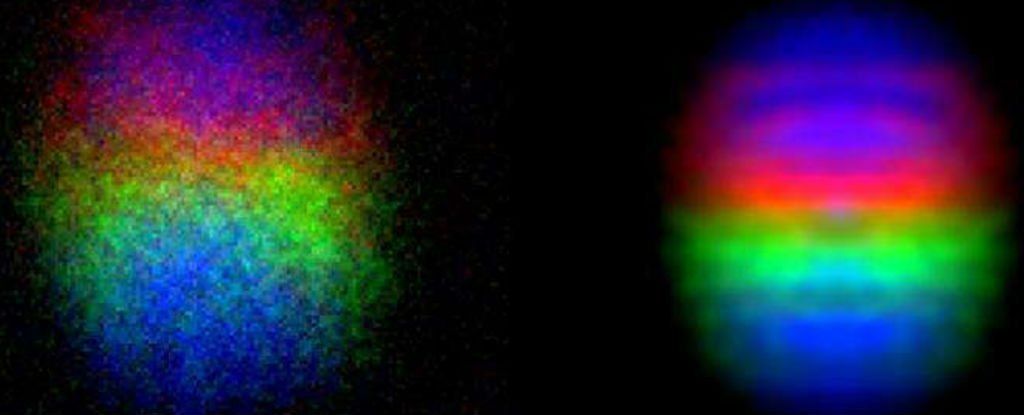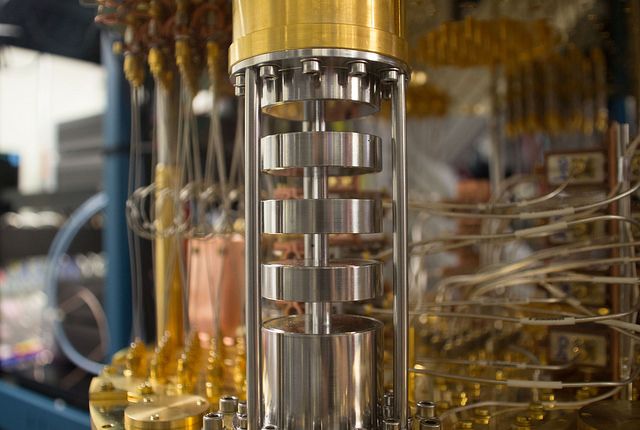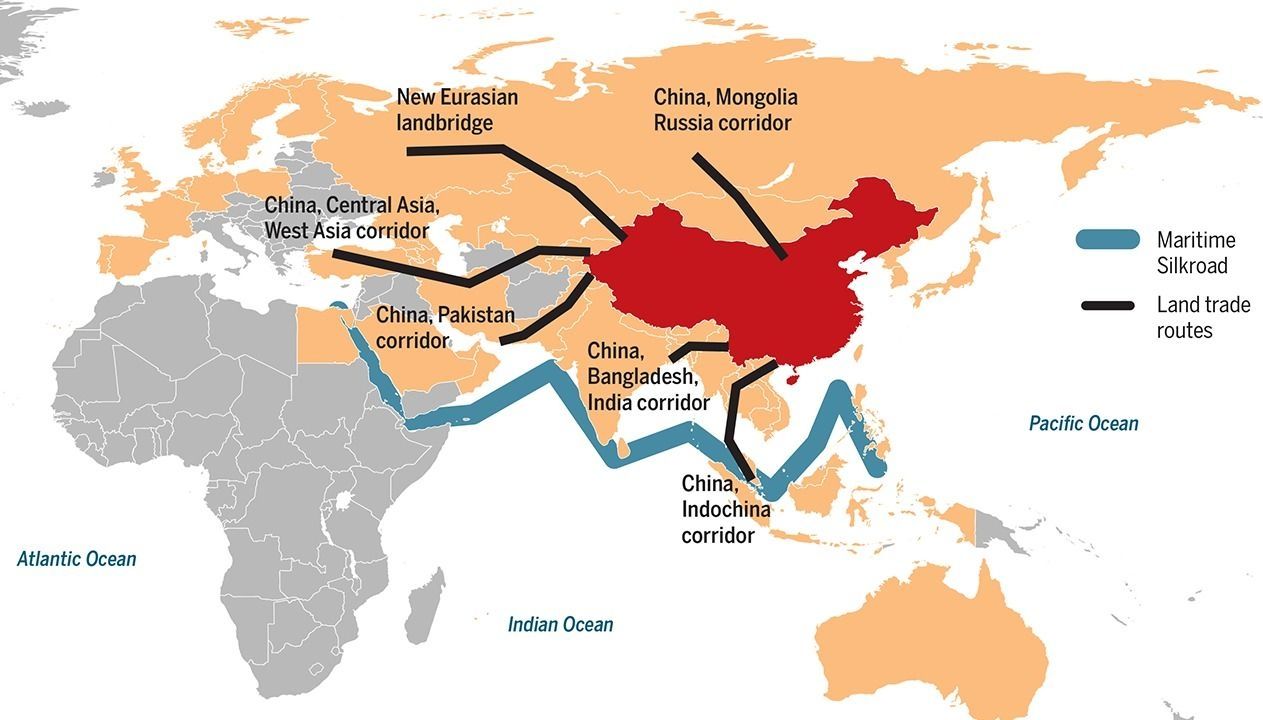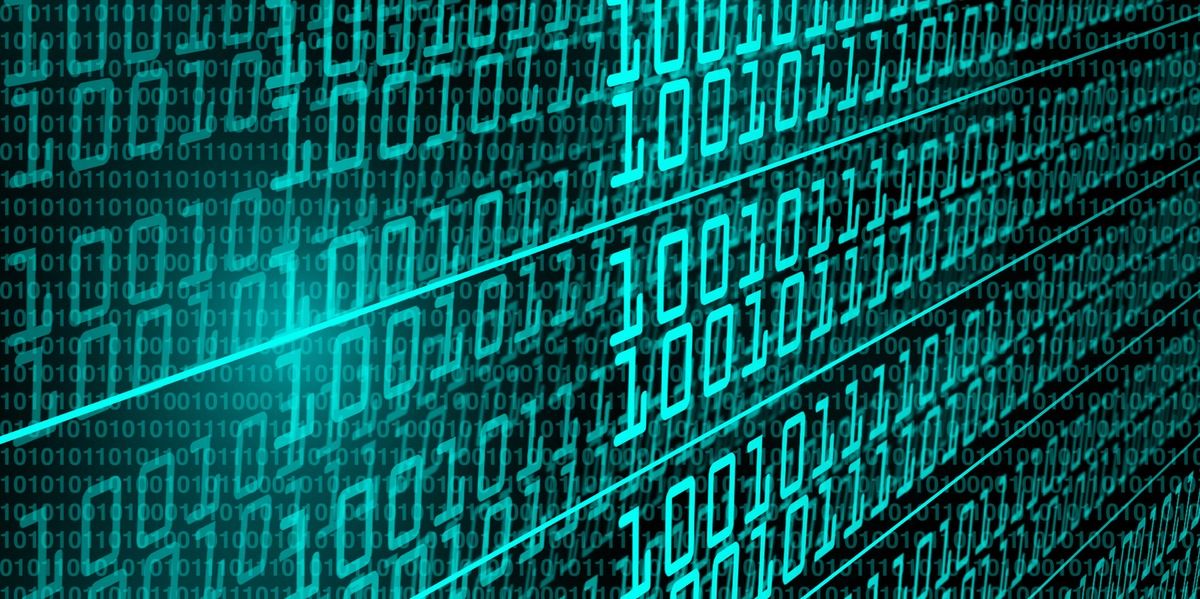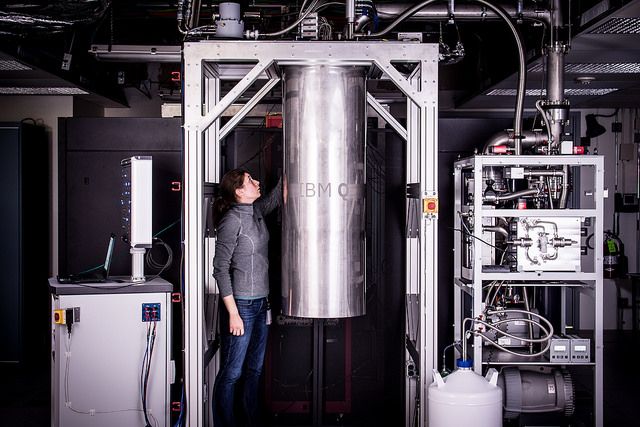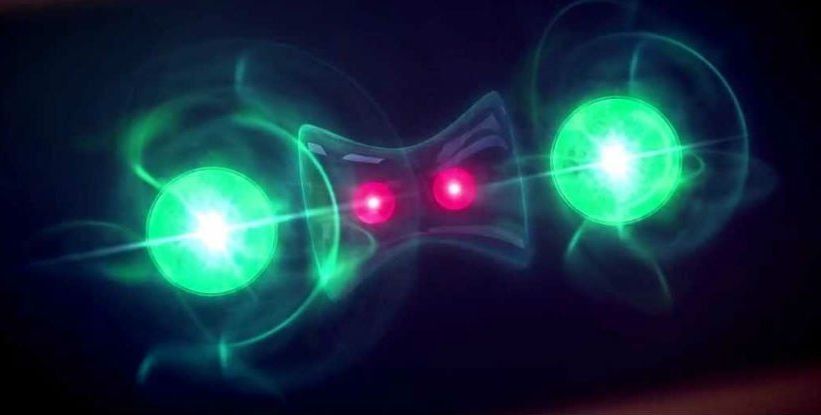Of the many ‘white whales’ that theoretical physicists are pursuing, the elusive magnetic monopole — a magnetic with only one pole — is one of the most confounding.
Compared to the Higgs boson in terms of its potential impact on modern physics, the magnetic monopole has been on scientists’ minds for even longer. And now our best shot at finding it just got weird — two phenomena that resemble the magnetic monopole have become one.
If you’re unfamiliar with the magnetic monopole, it’s a hypothetical particle that’s long been predicted by quantum physics, but no one has ever been able to prove that it exists.
